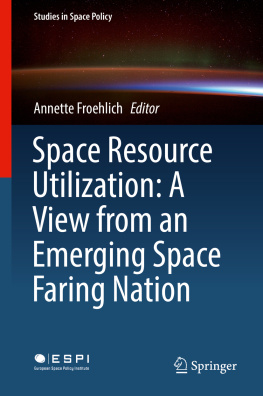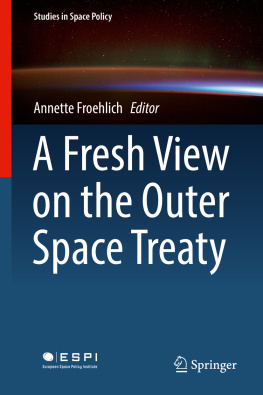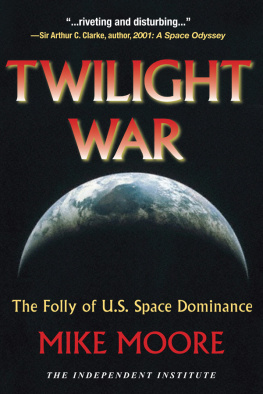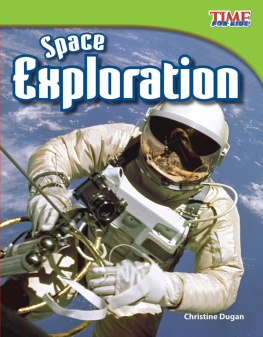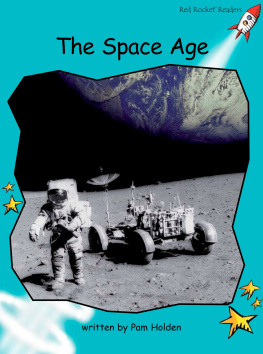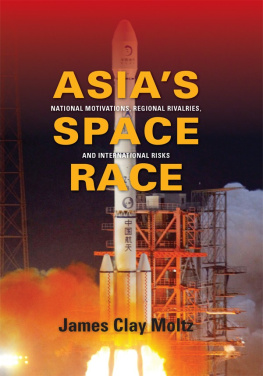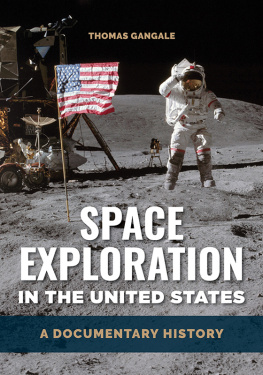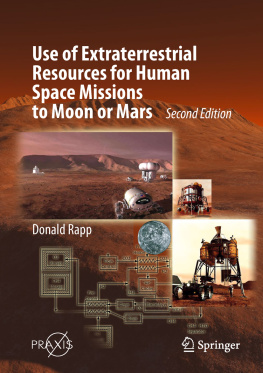1. Introduction
Since the dawn of humanity, civilization has advanced through ongoing development and utilization of the Earths natural resources. However, the rapidly expanding population is using up the nonrenewable resources at an alarming rate. A possible solution to this terrestrial conundrum can come from the most unlikely of places, outer space, in the form of extraterrestrial mining.
Developing countries that rely on these ever-dwindling terrestrial natural resources are, as a result, facing economic uncertainty, and while extraterrestrial mining may seem like a relief thereto, it may simultaneously cause economic instability should an influx of mineral resources occur.
Certain celestial bodies, such as asteroids, contain within them the potential to provide untold riches; the future oil fields of space. This poses a question as to how outer space activities should be regulated. To this end, there are several international treaties regulating the peaceful utilization and exploration of outer space. Space and its celestial bodies are seen as the common heritage of humankind, and not subject to appropriation.
Subsequent to the enactment of the treaties, the space sector has undergone rapid expansion, mainly as a result of the dynamic growth of the private sector. While the common heritage doctrine is important to preserve, it is currently at odds with the revitalization of industry.
In seeming response to industry, the United States enacted legislation with regards to commercially spurring its local space industry, specifically with regards to space mining. While this is US national legislation, the economic and legal implications are far reaching. With this in mind, South Africa needs to consider its options carefully. While being a developing space nation, our direct participation in the space mining arena is limited, we are nevertheless (via BRICS) partnered with significant space fairing nations.
While the practical realization of space mining is still in its infancy, South Africa needs to be proactive in its involvement in the international space mining arena to avoid exclusion. This document serves to outlines the topic of space mining in the South African context.
2. Overview
2.1 Background to Asteroids and Other Prospective Bodies
In order to mindfully extract, examine, and experiment on resources in space, it is important to first familiarize ourselves with past acquired research. Prior to 1991, our knowledge of asteroids was limited to telescope images and fragments that survived their fall to Earth. However, in 1991, NASA spacecraft, Galileo, flew by the asteroid Gaspra on its way to Jupiter and recorded 57 images from a distance of approximately 5300 km.
This was followed by a steady stream of asteroid visits every 23 years. A total of 13 asteroids and 9 comets have been visited by unmanned space probes. All recorded visits were carried out for research purposes by various institutions and space agencies, which include a number of fly-by visits (Fig. ).
Fig. 2.1
Images of Eros (Courtesy of Jet Propulsion Laboratory NASA, 2001)
Table 2.1
Selection of celestial bodies visited by spacecrafts
Celestial body | Spacecraft and operator | Date/year visited | Additional information |
|---|
Gaspra (asteroid) | Galileo NASA (USA), Deutsches Zentrum fr Luft- und Raumfahrt e.V. (Germany) | 1991/10/29 (fly-by) | First asteroid visited by a spacecraft. Spectral type: S |
Eros (asteroid) (see Appendix B) | NEAR Shoemaker NASA, Applied Physics Laboratory (APL) (USA) | 2001/01/12 | First near-Earth asteroid orbited by a spacecraft and the first asteroid landing. Spectral type: S |
Wild 2 (comet) | Stardust NASA, Jet Propulsion Laboratory (JPL), University of Washington (USA) | 2004/01/02 (fly-by) | First samples collected from a comets coma and returned to Earth |
Itokawa (asteroid) | Hayabusa JAXA (Japan) | 20052010 | First sample return mission from an asteroid. Spectral type: S |
Tempel 1 (comet) | Deep Impact NASA, JPL, University of Maryland (USA) | 2015/07/04 | Comet deliberately struck by Deep Impact Probea |
ChuryumovGerasimenko (comet) | Rosetta ESA (Europe) | 2014/05/12presentb | Orbit was entered in September. First spacecraft to land on comet nucleus. Lander landed on 12 November 2014 |
Ceres (asteroid) | Dawn NASA (USA) | 2015/03/06present | First asteroid observed as spacecraft orbits the body |
NASA Jet Propulsion Laboratory, n.d., Missions. Available at: http://www.jpl.nasa.gov/missions/ [Accessed May 22, 2017]
aTempel 1 was deliberately struck by the probe at a relative speed of 37,000 km/h. Ice debris was produced and a crater formed on the comet surface, observed by the spacecraft days after collision. The energy from collision can be compared to five tons of dynamite. Mission received positive and negative reviews. NASA deemed it as a success (NASA, n.d., Deep Impact Mission to a comet . Available at: http://www.nasa.gov/mission_pages/deepimpact/main/#.Vue0BpN97Vo [Accessed May 22, 2017]). Following the collision, China emerged with news of their research into a more clever method called pasting, whereby a spacecraft with engine capacity would soft-land on a celestial body and then slowly push that body off course, should the body be heading for possible collision (The Economic Times, 2005, After US, China plans Deep Impact mission . Available at: http://archive.li/9E2QY [Accessed May 22, 2017]).
bRosetta lander, Philae, entered safe mode on 15 November 2014. Equipped with solar panels, the lander could reboot if sufficient sunlight received.
To date samples of six identified solar system bodies have been collected. Celestial rocks make their way to Earth in one of two methods:
Naturally entering Earths atmosphere due to some activity on parent body, e.g. collisions with smaller bodies resulting in cratering
Samples brought back from space missions
Thus far only the Apollo and Soviet Luna missions have collected moon rocks; however China may soon join, having successfully landed on the Moon in 2013 and recent discovery of a new type of moon rock in December 2015. Their scheduled sample return mission is set for 2017. During the six Apollo landing missions, 2415 samples weighing 380.96 kgs were collected. Three Luna spacecrafts returned with 326 grams of samples. Comet samples were retrieved from Wild 1s coma in 2006, and asteroid samples from Itokawa in 2010 as discussed above. Remaining samples were collected from meteorites and from Earth.

